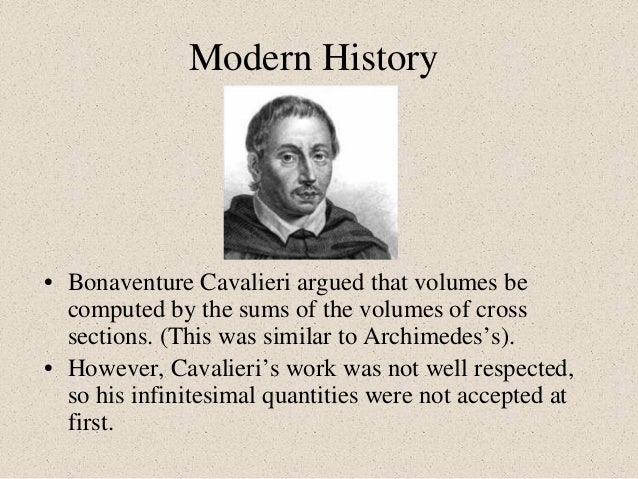

The function which is the solution to the integral is called the primitive function. But they are all represented by y = x³ + c. Hence there are infinitely many functions that can be the solution for the integral of 3x². There are infinitely many functions whose derivative is 3x² but only a few are shown here. Since the derivative of all these functions is 3x², it follows that the solution for the integral of 3x² can be all of these functions. What do I mean by all the possible solutions? We add it so that our answer represents all the possible solutions for the integral. Now, I’m sure most of you are wondering, “What is this c ?”. Using the Fundamental Theorem of Calculus, we can get the following rules. So from now on, we will only talk about integration. Therefore, we will not use the term differentiation. It is known as the Fundamental Theorem of Calculus. There is a remarkable theorem due to Newton and Leibniz which states “integration is essentially the same as antidifferentiation”. Isaac Newton and Gottfried Wilhelm Leibniz formulated the principles of integration independently by thinking of an integral as an infinite sum of rectangles of infinitesimal width.Īntidifferentiation is the process of obtaining y when dy/dx is known, while the process of finding an area under a curve is known as integration. We can do this calculation in the same way for lots of curves. Note that when x has the value 3, 2x has the value 6, and so this general result agrees with the earlier result when we calculated the gradient at the point P(3, 9). ‘lim’ stands for ‘limit’ and, we say that the limit as dx tends to zero of 2x+dx is 2x. We have a concise way of expressing the fact that we are letting δx approach zero. So the coordinates of Q are (x + dx, y + dy).īecause we are considering the graph of y = x², we know that y + dy = (x + dx)².Īs we let δx become zero we are left with just 2x, and this is the formula for the gradient of the tangent at P. The corresponding change in y is written as dy. The x coordinate of Q is x + dx where dx is the symbol we use for a small change or small increment in x. Point Q is chosen to be close to P on the curve. We will illustrate differentiation by first principles by the below examplesĪ straight line has a constant gradient, or in other words, the rate of change of y with respect to x is a constant.Ĭonsider the straight line y = 5x – 2 shown below: It is also used to calculate the rates of radioactive decay, to predict birth and death rates, fluid flow, ship design, and even in the study of gravity Computer vision, artificial intelligence, robotics, video games, and even movies use calculus.

Some of the concepts that use calculus include motion, electricity, heat, light, acoustics, and astronomy. Among them are physics, engineering, economics, and medicine. Calculus helped to determine how particles, stars, and matter move and change in real-time.Ĭalculus is used in a multitude of fields that you wouldn’t ordinarily think would make use of its concepts. Indeed, just about everything in the universe is constantly moving. No objects-from the stars in space to subatomic particles or cells in the body-are always at rest. But the universe is constantly moving and changing. Integral calculus is used to figure the total size or value, such as lengths, areas, and volumes.īefore calculus was invented, all math was static It could only help calculate objects that were perfectly still.

This branch concerns itself with the space or area under the curve. Integral calculus, by contrast, seeks to find the quantity where the rate of change is known.

It examines the rates of change of slopes and curves. Newton invented it first, but Leibniz created the notations that mathematicians use today.ĭifferential calculus determines the rate of change of a quantity. Calculus is the branch of mathematics that deals with the finding and properties of derivatives and integrals of functions, by methods originally based on the summation of infinitesimal differences. Gottfried Leibniz and Isaac Newton, 17th-century mathematicians, both invented calculus independently.


 0 kommentar(er)
0 kommentar(er)
